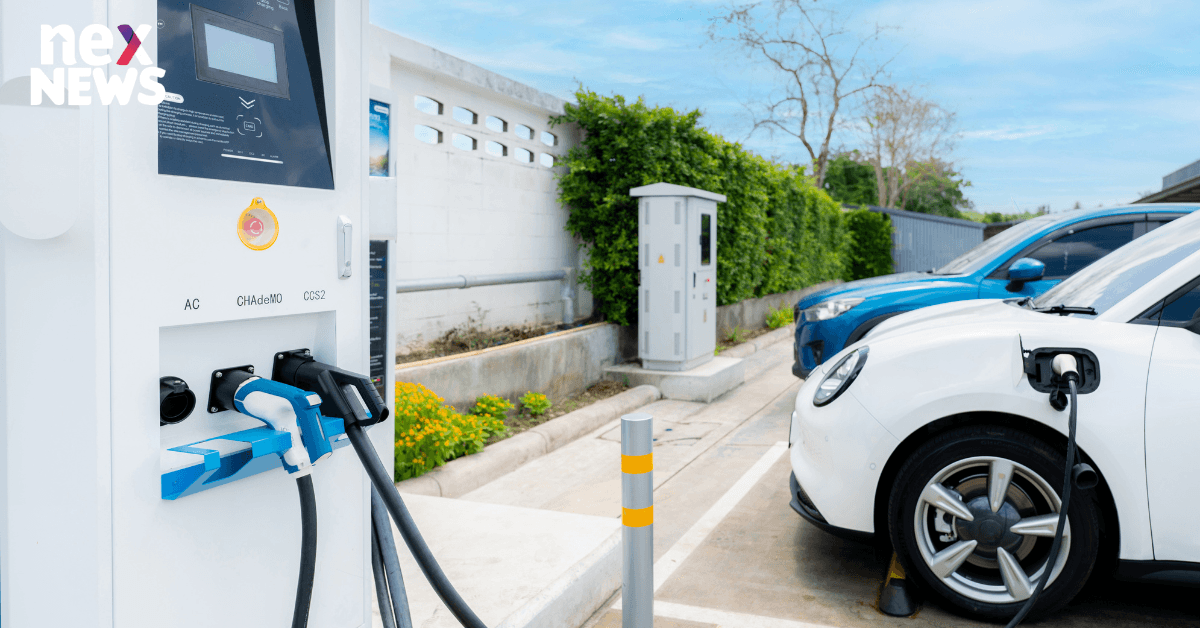Introduction
Transportation plays a significant role in our daily lives, but traditional vehicles powered by fossil fuels contribute to pollution and climate change. In this article, we explore the rise of electric vehicles (EVs) as a sustainable alternative and their potential to revolutionize transportation for a greener future.
The Rise of Electric Vehicles
1.1 Environmental Concerns and Need for Sustainable Transportation
The increasing environmental concerns, including air pollution and carbon emissions, have highlighted the urgency for sustainable transportation solutions. Electric vehicles offer a promising alternative to reduce greenhouse gas emissions and mitigate the impact on the environment.
1.2 Advantages of Electric Vehicles
Electric vehicles come with several advantages, such as zero tailpipe emissions, reduced dependence on fossil fuels, and quieter operation. They offer a cleaner and more sustainable option for personal and public transportation.
Understanding Electric Vehicles
2.1 How Electric Vehicles Work
Electric vehicles are powered by electric motors and use rechargeable batteries to store energy. When the vehicle is in motion, the battery powers the motor, resulting in a smooth and efficient driving experience.
2.2 Types of Electric Vehicles
There are different types of electric vehicles available in the market. Battery Electric Vehicles (BEVs) rely solely on electric power, while Plug-in Hybrid Electric Vehicles (PHEVs) combine electric and internal combustion engine power. Additionally, there are Hybrid Electric Vehicles (HEVs) that use both electric and gasoline power.
Benefits of Electric Vehicles
3.1 Environmental Benefits
Electric vehicles contribute to cleaner air and reduced greenhouse gas emissions. By shifting from fossil fuel-based transportation to electric power, we can significantly decrease carbon dioxide emissions and combat climate change.
3.2 Economic Benefits
Electric vehicles offer long-term cost savings. While the initial purchase price may be higher, the operational and maintenance costs of electric vehicles are generally lower than traditional vehicles. Additionally, as renewable energy sources become more prevalent, the cost of charging electric vehicles can further decrease.
3.3 Energy Efficiency
Electric vehicles are more energy-efficient compared to internal combustion engine vehicles. Electric motors convert a higher percentage of stored energy into vehicle movement, making them more efficient and reducing energy waste.
Charging Infrastructure
4.1 Developing a Charging Network
The availability of an extensive and convenient charging infrastructure is crucial for the widespread adoption of electric vehicles. Governments, businesses, and charging service providers are working to develop a robust network of charging stations in urban areas, highways, and residential complexes.
4.2 Fast Charging Technology
Fast charging technology is rapidly advancing, allowing electric vehicles to recharge quickly. High-power fast-charging stations enable drivers to replenish a significant portion of their vehicle's battery capacity in a short amount of time, making long-distance travel more feasible.
Overcoming Challenges
5.1 Range Anxiety and Battery Technology
Range anxiety, the fear of running out of battery charge, has been a concern for potential EV owners. However, advancements in battery technology have significantly increased the range of electric vehicles, alleviating this concern. Continued research and development aim to improve battery efficiency and energy storage capabilities.
5.2 Affordability and Market Accessibility
Making electric vehicles more affordable and accessible to a wider range of consumers is crucial for their widespread adoption. As technology advances and economies of scale come into play, the prices of electric vehicles are becoming more competitive. Additionally, government incentives and subsidies further encourage the transition to electric transportation.
5.3 Government Policies and Incentives
Government support through policies and incentives is instrumental in promoting the adoption of electric vehicles. Measures such as tax credits, rebates, and investment in charging infrastructure help create a favorable environment for consumers and manufacturers alike.
The Future of Electric Vehicles
6.1 Advancements in Battery Technology
Continuous advancements in battery technology, including higher energy density and faster charging capabilities, will continue to enhance the performance and range of electric vehicles. Research focuses on developing more efficient and sustainable battery materials, such as solid-state batteries.
6.2 Autonomous Electric Vehicles
The convergence of electric vehicles and autonomous driving technology holds great potential. Autonomous electric vehicles can offer increased efficiency, safety, and convenience in transportation, paving the way for smarter and more sustainable cities.
6.3 Electric Vehicle Integration with Renewable Energy
The integration of electric vehicles with renewable energy sources, such as solar and wind power, creates synergies for a greener and more sustainable future. Electric vehicles can serve as mobile energy storage units, balancing the grid and optimizing the use of renewable energy.
Conclusion
Electric vehicles are reshaping the transportation landscape and offering a sustainable solution for the future. With their environmental benefits, energy efficiency, and ongoing advancements, electric vehicles are revolutionizing how we move from one place to another. As charging infrastructure expands, costs decrease, and technology improves, electric vehicles will play a significant role in achieving a greener and more sustainable future.


POST A COMMENT (0)
All Comments (0)
Replies (0)